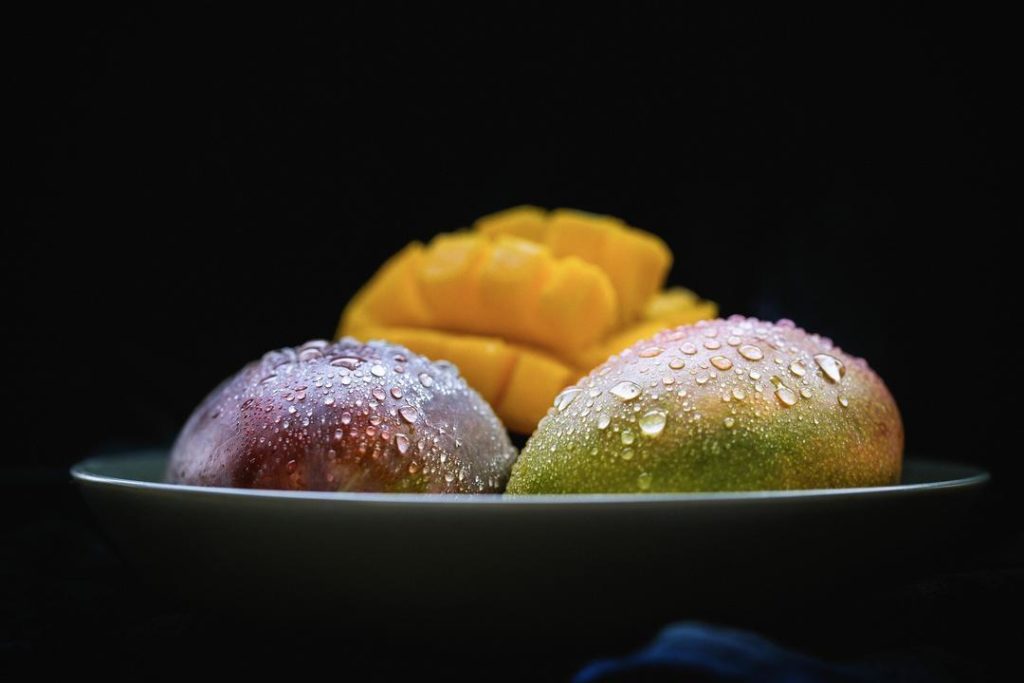
Contents
Artificially Ripened Mangoes
During the summer, there is only one thing on our minds – mangoes! “King of fruits” is one of the best natural food usually consumed raw. Mangoes during ripening undergo physiological and biochemical changes which make them edible, palatable and nutritious. During this irreversible process, the fruits become soft, change in color and develop characteristic aroma and flavor. They also become sweeter. All these changes are induced by the production of ethylene gas during natural ripening. Artificial ripening achieves faster and more uniform ripening. Artificial ripening agents are calcium carbide, acetylene gas, carbon monoxide, potassium sulfate, ethephon, putrisein, oxytocin, photoporphyrinogen, etc. Think twice before buying mangoes because toxic chemicals are indiscriminately used to grow, ripe and make fruits appear fresher or even last longer, particularly during early and off-season.Health Hazards of Ripening Agents
Consumers must be aware of the use of toxic chemicals used for ripening of fruits and health hazards caused by them. Consumption of carbide-ripened fruits is extremely hazardous for health, mainly for the nervous system. Acetylene, generated from carbide reduces oxygen supply to the brain. In acute stage, it causes headache, vertigo, dizziness, delirium, seizure and even coma. In the long term, it may produce mood disturbance and loss of memory. Immediately after consumption, there may be abdominal pain, vomiting and diarrhoea. Other toxic effects include skin burn, allergy and jaundice Carbon monoxide is a poisonous gas that you cannot smell, see or taste. Early symptoms of carbon monoxide poisoning are flu-like and nonspecific, such as headache, nausea, dizziness, visual disturbances, and rapid breathing. Oxytocin is injected into the vegetables to look fresh and into the fruits to ripen them quickly. Fruits and vegetables that have been grown with the help of chemicals or hormones will not show its adverse effect on human health immediately after consumption. But it can have an effect later.Tips to Identify Chemically Ripened Mangoes
- Colour: In an artificially ripened mango there will be patches of green. These patches will be clearly distinguishable from the yellow and unlike a naturally ripened mango, it will not have a uniform blend of yellow and green. Another sign is that the mango will have an unnaturally bright yellow color when compared to a naturally ripened mango.
- Texture and color of the pulp: when you cut open a naturally ripened mango the pulp will be a bright reddish-yellow, which is uniform. In the case of an artificially ripened mango, it will be a light and dark yellow, indicating that it is not fully ripe. The comparison lies in the fact that the mango will look completely ripe from the outside but it will not be so from the inside.
- Taste: when we eat an artificially ripened mango, a slight burning can be felt in the mouth. Some people may even experience severe reactions like a stomach ache, diarrhea and burning down the throat.
- Juice: is an another indicator that when we cut a naturally ripened mango, we will find that it will be sweet and have a lot of juice. In the case of artificially ripened mangoes, there will be little or no juice. This is because the ethyl that naturally ripens a mango produces juice, which cannot be formed when the mango is artificially ripened.
How to Reduce the Impact of Chemicals
If you have any doubt that the mangoes you found at your place are chemically treated these precautions could reduce the chemical’s effect.- When storing: Soak mangoes in a tub of water and add the hand full of salt. Leave them for 20–30 minutes. Then take them out and keep in plain water and leave for 10-15 minutes. After 15 minutes take them out, dry them with a clean cloth. Do this before keeping them in the refrigerator. you can certainly feel the smell of chemical in the tub bucket of water.
- When consuming: Wash mangoes for 1-2 minutes with warm water. Peel the skin (if possible) before eating.